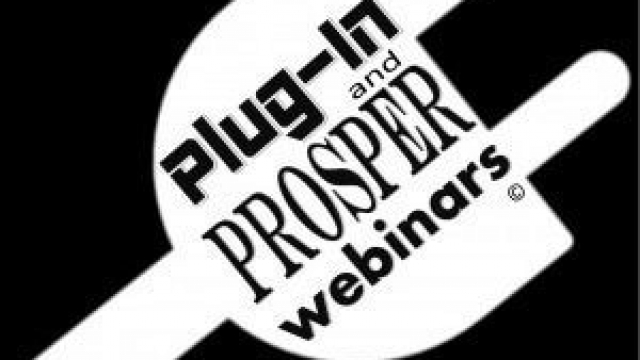Recruiting talent should be more than a post on an internet job board.
Are you proactively or reactively recruiting and hiring employees? Is your company one where prospective employees are calling you, or are you just picking through whatever the internet sends you? Employee recruiting must be more than a post on Craigslist, or some internet job board. It should be about developing relationships- selling your industry and your company to future employee prospects. Your efforts to market for human talent shouldn’t be any less proactive than the way your community markets for prospective residents.
Credentials, training, skills, and education can only go so far. There has to be the right attitude and the right fit. The right attitude towards caring for residents, a “servant’s heart”, and fitting in or blending in well with your existing staff. You can teach someone the important components of the job, but it is hard to teach or recreate an attitude that has gone bad. Not that it cannot be done, but is it worth the damage it can do to both residents and existing staff? I once heard that attitudes are catchy…so you have to ask yourself when you’re sitting across from someone, would I want my staff catching this attitude?
We must remember in this business how important the “servant’s heart” feature is in being a successful employee. We aren’t manufacturing widgets on a factory floor or dealing with inanimate objects that are indifferent to how they are talked to or treated. In senior living, it’s the total opposite. We provide love and care to other humans, like ourselves, and it should always be done with dignity.
Take Your Time
When hiring reactively, there is usually some amount of pressure to fill a job, like having a deadline to meet yesterday! This is when there is not enough time to spend with, interact, and observe a prospect to see the real person. There are things you can do before the hire, but these take time, and they are still limited in uncovering potential problem areas. Sometimes we have to slow down to speed up.
When proactively recruiting future/potential employees, you have more time to invest because you are not on the clock. There is no rush to fill a suddenly vacant position. This gives you more time to see how these prospects act over a longer period of time and in different environments or situations. There is also more time to talk to the recruits’ current or former colleagues, bosses, etc. Since you are not asking hiring questions, but you are just having a general conversation, there is a much greater chance those you are speaking with will give you more information. More information instead of the usual simple details such as the standard date of hire, date of separation, and if they are available for rehire or not. You are feeling the pressure to make hasty decisions that you may regret in the very near future.
This isn’t to say that the internet and job boards should never be used, that is nowhere close to what should be done. It should be an integral part of any recruiting process, but it should be a smaller part of a much larger integrated and dynamic human talent marketing plan. There will always be pressure to fill jobs, and those emergencies where you do not have someone waiting in the wings. It would just be prudent not to rely so heavily on the internet and job boards. But there has to be a good balance between different methods of recruitment.
Build Relationships
In order to attract the best employees, you have to build relationships just the same as attracting residents. There is no difference. Great companies with great human talent management do not have to do a lot of advertising for job openings. They have candidates lining up at their door.
Why don’t we consider trying to find the right employee candidates as important as finding residents? Although it is true that the residents pay the bills, we have to consider the fact that if we have a terrible staff, or one that turns over every year, we will not continue attracting and keeping the residents we desire. It does not take long for word to get out that your residential property is not the place to live in to age well.
Marketing for Talent
How do you accomplish this? By putting in a lot of hard work! Through developing an awesome company culture, referrals, marketing the company to specialized industry programs, educational institutions, and most importantly, building relationships in and out of the industry. Developing these relationships will also allow you to be selective and choose talent only from the best these programs have to offer. There are many different methods in which communities can raise their visibility in the education community. These might range from employees speaking and/or lecturing, to using communities as practicum locations, to providing internship opportunities at the community level.
If recruiting the right people was as easy as posting a job listing on Monster, I could be an elite talent manager, but the reality is…it is not that way at all.
Great talent managers work as hard as any other marketing managers. They are out days and evenings in meetings with any group that will have them.
For example, here’s an idea: Start a CNA training program in your community. This would give you access to the top talent in the class and they would already be familiar with your community. If that’s a little too ambitious, there are CNA training programs in most areas. It is imperative to develop relationships with these and other nursing-related programs in the areas in which you operate. These will not only allow you to develop relationships with the programs and the students, it will also give your community/company exposure to these students and instructors. This will help in the development of a pipeline of viable candidates.
If you can start to market for talent, you will be able to see a change in the quality of prospects that you come across, and in no time, top candidates will start seeking out your company.
Watch for Part 2 of “Do You Market For Human Talent?”
Roy Barker is Director of Special Projects at Moore Diversified Services, a Fort-Worth, Texas-based organization specializing in Senior Living operations analysis, marketing development, and investment advisory services. Roy is an authority in the field of employee turnover analysis and retention strategies.




















